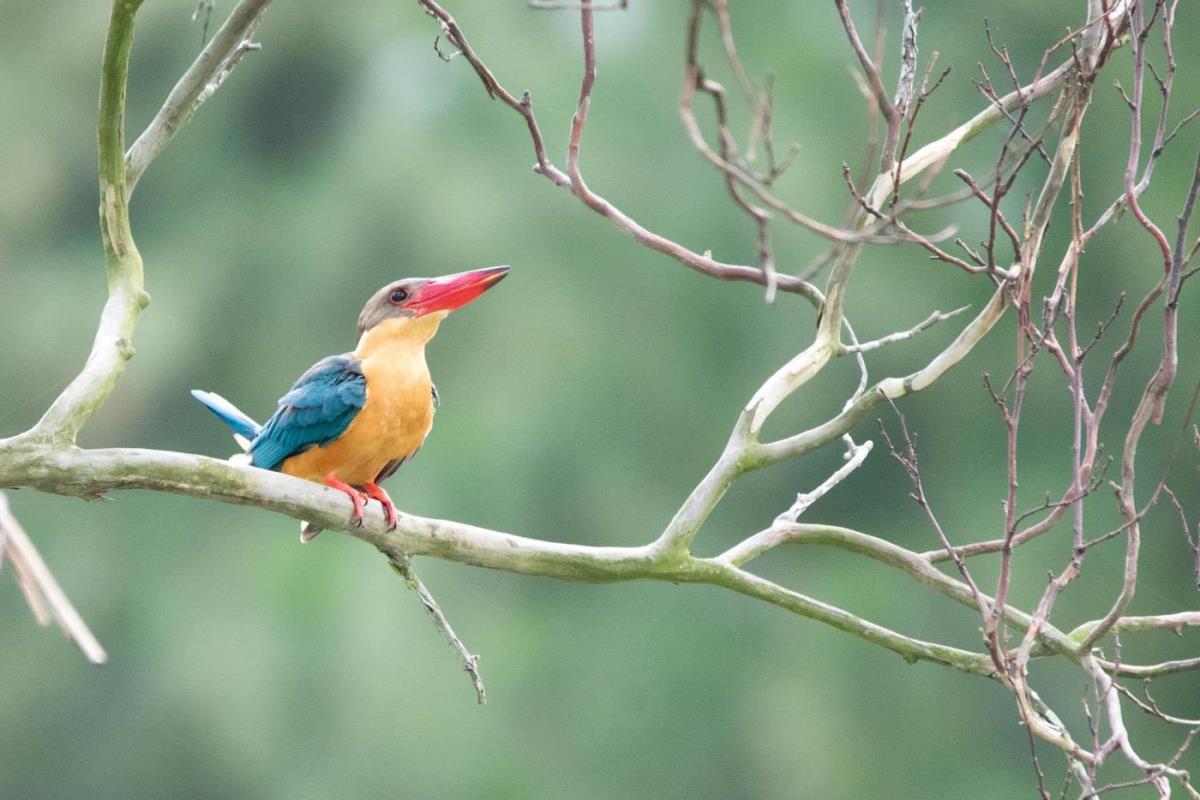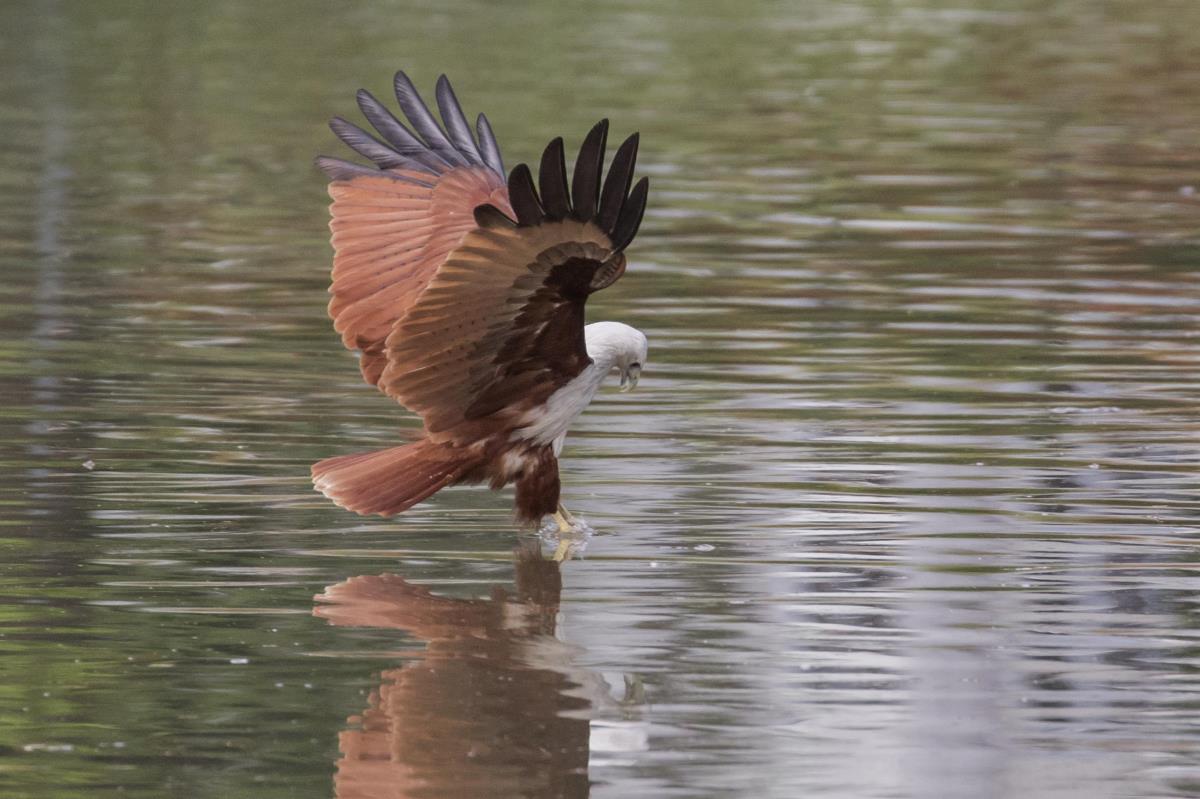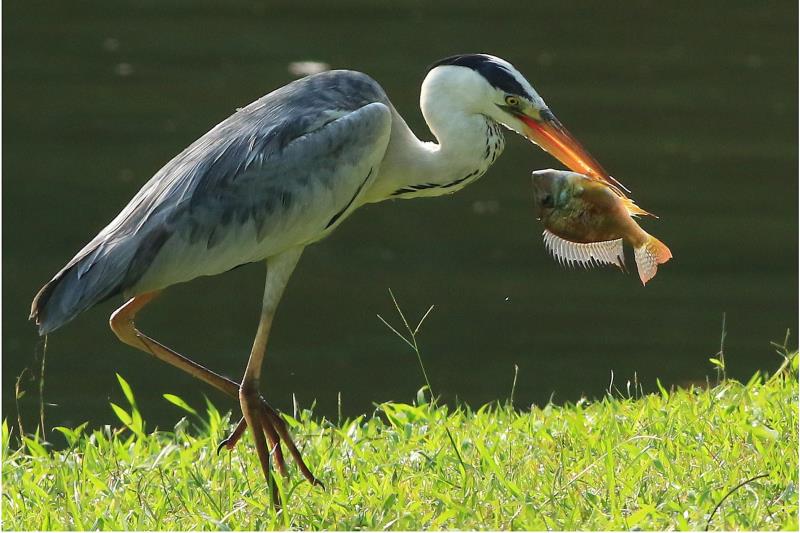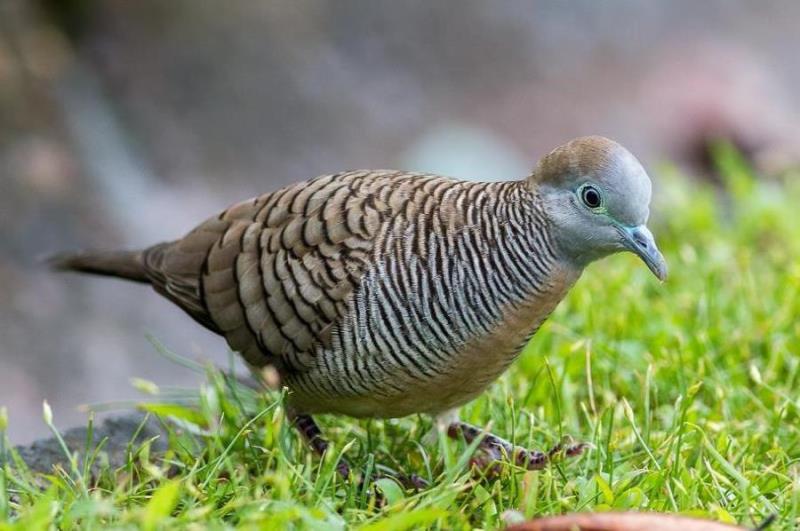Kingfishers of Jurong Lake Gardens
Kingfishers, true to their name, are master fishers that swoop down to catch prey with pinpoint accuracy. However, many species do not live close to water and therefore also feed on a wide variety of small animals.
These birds can be quite conspicuous due to their bright colouration and distinctive cackling calls. Take a listen when walking by a body of water and you may hear the calls of some of the featured species below!
Common Kingfisher
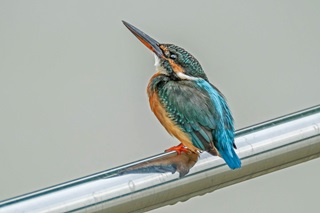 Photo credit: Soh Chui Lian Photo credit: Soh Chui Lian |
| Scientific name: | Alcedo atthis |
| Common name: | Common Kingfisher |
| Family: | Alcedinidae |
 17 cm 17 cm |
 What does it look like?
What does it look like?
A small kingfisher about the length of a small ruler, it is characterised by predominantly blue plumage with orange brown underparts. Males have an all-black bill, while females have an orange lower bill.
 Ecology, Habitat and Distribution
Ecology, Habitat and Distribution
Diet and Behaviour
They are often observed perching on vantage points overlooking water bodies such as stakes, signboards and even handrails. They feed predominantly on fish, which they catch by diving off these vantage points into the water.
Where are they found?
This species is found across Europe and Asia. In Singapore, it is migratory and occurs between the months of August and April, during which it can be observed in both freshwater and coastal wetlands.
Collared Kingfisher
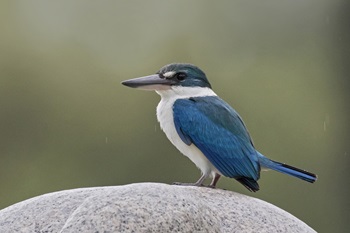 Photo credit: Loke Peng Fai Photo credit: Loke Peng Fai |
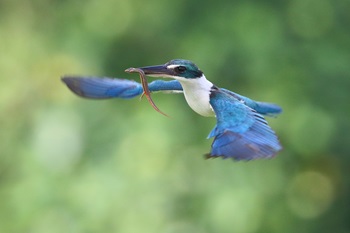 Photo credit: Loke Peng Fai Photo credit: Loke Peng Fai |
| Scientific name: | Todiramphus chloris |
| Common name: | Collared Kingfisher |
| Family: | Alcedinidae |
 24 cm 24 cm |
 What does it look like?
What does it look like?
The Collared Kingfisher is distinguished from other kingfishers by a white band around its neck and white underparts, with a turquoise blue back and wings.
 Ecology, Habitat and Distribution
Ecology, Habitat and Distribution
Diet and Behaviour
Singapore’s most abundant kingfisher, it feeds on a wide variety of small animals and often gives away its presence with its loud cackling calls.
Where are they found?
This species is found in all habitats throughout Singapore, including urban areas far from water. Globally, it is distributed across much of the Old World from Africa and the Middle East to Southeast Asia and Australia.
Did you know?
It is featured on the Singapore $10 banknote in the bird series, the second of four different series of the Singapore currency.
White-throated Kingfisher
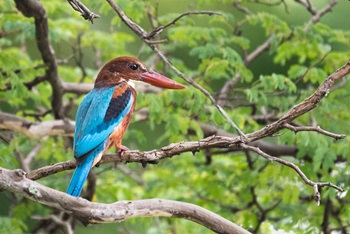 Photo credit: Jeremy Yeo Wei Liang (NParks) Photo credit: Jeremy Yeo Wei Liang (NParks) |
| Scientific name: | Halcyon smyrnensis |
| Common name: | White-throated Kingfisher |
| Family: | Alcedinidae |
 27 cm 27 cm |
 What does it look like?
What does it look like?
It is easily identified by its distinctive white throat and breast, which contrast with its bright blue wings, back and tail, and chestnut head and belly.
 Ecology, Habitat and Distribution
Ecology, Habitat and Distribution
Diet and Behaviour
Like most kingfishers, it is often perched on vantage points looking for prey. It is usually seen close to water bodies, unlike the Collared Kingfisher.
Where are they found?
Like the Collared Kingfisher, this species has adapted to a wide variety of habitats in Singapore and is commonly encountered across the island. It is also widely distributed across Asia.
Stork-billed Kingfisher
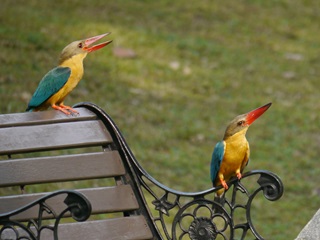 Photo credit: Perlyn Chng Photo credit: Perlyn Chng |
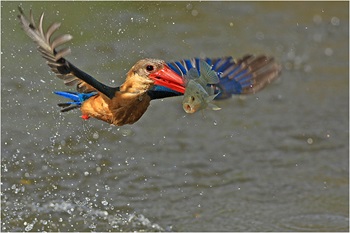 Photo credit: Ong Chwee Sia Photo credit: Ong Chwee Sia |
| Scientific name: | Pelargopsis capensis |
| Common name: | Stork-billed Kingfisher |
| Family: | Alcedinidae |
 40 cm 40 cm |
 What does it look like?
What does it look like?
It is the largest kingfisher in Singapore and is easily identified by its large red bill, grey brown head, blue wings and tail, and warm brown collar and underparts.
 Ecology, Habitat and Distribution
Ecology, Habitat and Distribution
Diet and Behaviour
Despite its size, it is rather inconspicuous while quietly perched amongst vegetation. Its large build enables it to feed on larger prey such as crabs.
Where are they found?
This species is widespread but uncommon in both freshwater and coastal wetlands across Singapore. A resident pair can often be found perched on the Leopard Tree (Libidibia ferrea) in Japanese Garden.
Banner: Stork-billed Kingfisher. Photo credit: Jeremy Yeo Wei Liang (NParks)


